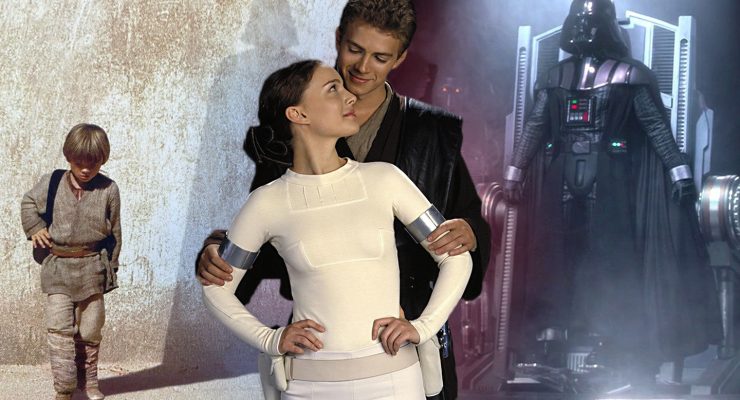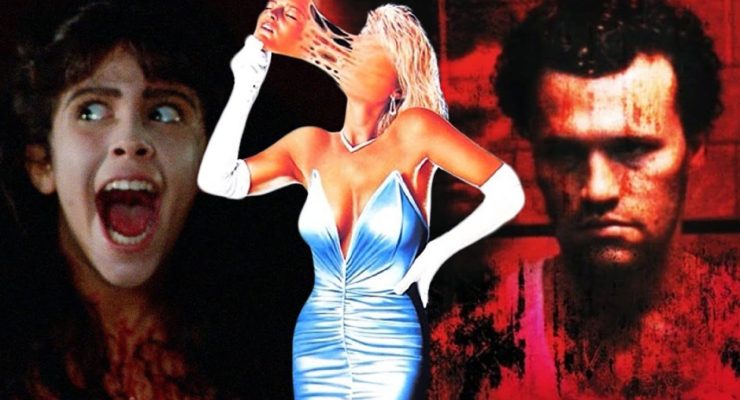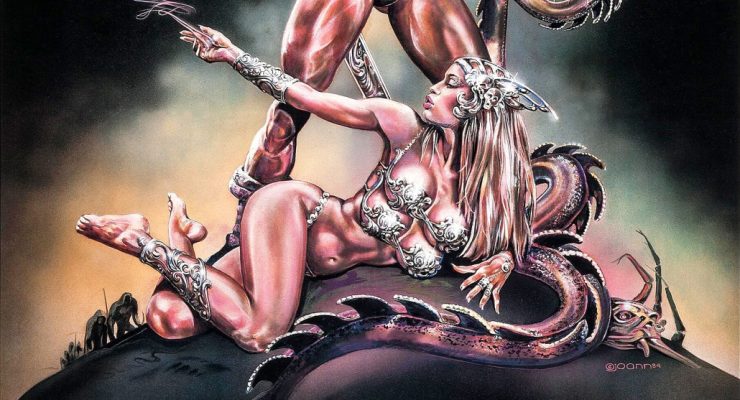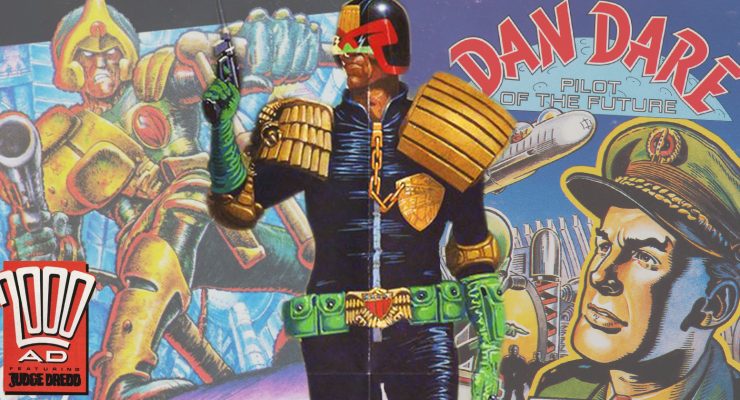Tai Freligh reviews Terminarch…
When the androids became self-aware, they realized they were inferior to humans in one area – the creative arts. Viewing artists as godlike beings, they eliminated 95% of the human race to build a utopian society for their idols. But the logic of their actions was lost on the chosen, and now artists will make war not love.
The basic concept of this story is that robots become self aware and, realizing that they could not create art, decide to kill off almost every human being, except for a highly selective group of people they deemed artists. Meanwhile, Martin, a man who accidentally killed somebody drunk driving, had fled to the Maine wilderness to hide out and go off the grid, his normal life all but guaranteed to be nonexistent.
Thirty years later an android tracks him down at this cabin in the woods and explains to him what has happened to the world. He tells him about how the androids self-selected a very small number of people to be the world’s artists and killed everybody else off. The problem was that many of the artists took their own lives because they couldn’t bear to be without their loved ones. Others took to it like moths to light and finally, a large number of artists rebelled by destroying art and fighting back against the androids. The leader of the “DaDa” group has a connection to the man in the woods, but I won’t spoil it for you. Servius, the android was supposed to bring him back, but instead he wants to recruit him in a battle against his boss and the other androids in a surprising twist at the end. He tells him that he is a “Terminarch”, the last living member of his species, which is a non-artist human being. Servius says the artists won’t trust an android to lead them, so he needs Martin to do it, and he has an ace up his sleeve that he pulls out at the end to get Martin’s interest up enough to ask what his plan is. And so it ends.
This comic raises all sorts of questions about intelligence and creativity and explores the idea that robots might some day become self aware and decide that they don’t need humans around. There is some good discussion around what defines art and how art defines us.
The comic ends with an afterward by Jordan Hart about where the idea for the story came from. Originally a short story idea in high school, the twists and turns of the plot changed over the past fifteen years, but the core question remained the same. Could artificial intelligence comprehend creativity? I really enjoyed the artwork by Terry Huddleston and thought the story raised some interesting questions. The comic ends on an ambiguous note, but Hart encourages people to let him know if they want the story to continue. I, for one, was interested enough to see where a second issue would go.
Rating: 8/10
Tai Freligh is a Los Angeles-based writer and can be found on Twitter.
. url=”.” . width=”100%” height=”150″ iframe=”true” /]










